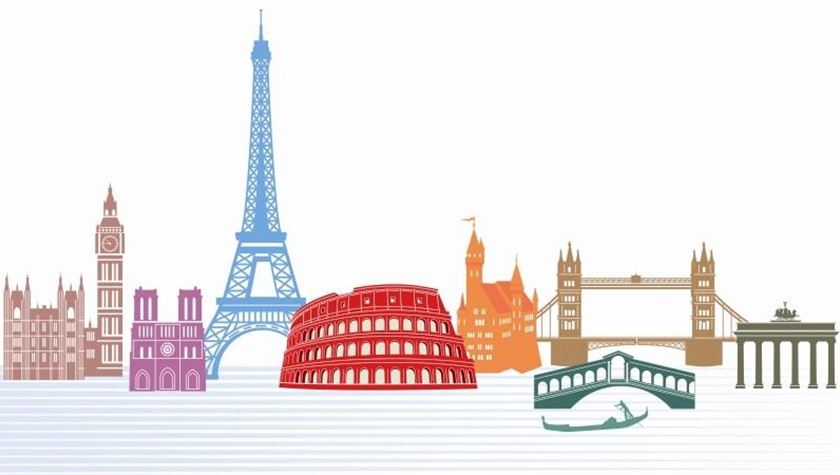CULTURAL HERITAGE

WHAT’S HERITAGE?
It’s a set of assets acquired by inheritance and we can find three types of heritage according to its value: cultural, historical, and artistic.
The set of intangibles features that belong to and define a collective is its Cultural Identity. To identify a culture we need to follow the concept of Cultural Asset that integrates objects with historical or artistic value, significant testimony of human culture with documentary capacity.
As a result of the Second World War, many countries had lost their signs of cultural identity, and there was a need for society to recover and reconstruct those signs.
In Industrially developed countries, interest in objects and activities from hitherto neglected sectors, such as agricultural culture or handicraft, began to spread.
Traditional history had focused on the great political events, military events, scientific conquest, discoveries… that marked the history and therefore the monument constituted its best representation. New history centers its interest in the man and his existence, the instruments of work, the utensils of everyday use, showing on all encompassing dimension (which includes everything) and therefore the vestigates to be preserved.
The first use of the term cultural asset in an official document was in 1954 “Hague Convention”, convened under the patronage of UNESCO to agree on the protection of cultural property in the event of armed conflict.
It contemplated movable and immovable property with great importance for the culture of the people.
WHY PRESERVING HERITAGE?
Preservation is a method of not losing the values of cultural identity. In order to preserve the assets we have CATALOG, all the goods contained in them must be preserved.
But not only these ones, before any action we make as arhitects, we must think about the value of the good on which we will intervene before deciding the type of intervention.
The values of the Heritage:
-Cultural Value
-Artistic Value/ Aesthetic value
-Historical Value
-Value of Authenticity
-Value of Antiquity
-Functional/Social Value
-Economic Value
WHAT WE HAVE TO PRESERVE?
Not only the physical architectural heritage but also its values. Every aspect of a building must be taken care of:
-Matter
-Construction Techniques
-Shapes, dimensions
-Colours, materials, textures
-Character
-Use
-Environment
-Meanings
HOW TO PRESERVE?
+Legislative instruments:
-To Protect
It is exercised through the development of cataloguing tools. These rules are intended to to enshrine the right of the community over the private interest.
-Inventory
Set of properties.
-To list
The action of cataloging involves the enumeration, description, and location of the constructions, it provides a historical study and economic valuation of the Heritage Resource.
+Interventions:
-Preservation: Operations to be performed on the good to ensure survival against hazards or possible damages.
-Maintenance: Continuous maintenance through small repairs. Used to prolong as long as possible the materials used. Most recommended avoiding radical changes in an historical building.
-Consolidation: Way of preserving, posssible to a general strengthening. The action provides higher consistency and solidity.
-Reparing: Leave in good condition an object that was broken or deteriorated.
-Restoration: To restitute or improve in a building what was lost with the passage of time, without incurring alterations or falsifications of its documentary nature.
-Adaptation: Enable or return something to its old stateof efficiency and functionality. “Rehabilitación”.
-Reconstruction: A procedure of integral or partial reconstruction, with the introduction of a new material because the previous one lead to a traumatic event.
-Anastilosis: Archaelogical term for a technique whereby a ruined building or monument is rebuilt using original architectural elements. Set of operations to put in place building elements (generally fallen and scattered).
-Ripristinar: Retourning a building to a known earlier state by removing accretions or by reassembling existing elements. This action is usually rejected because it takes away part of the history of the building.